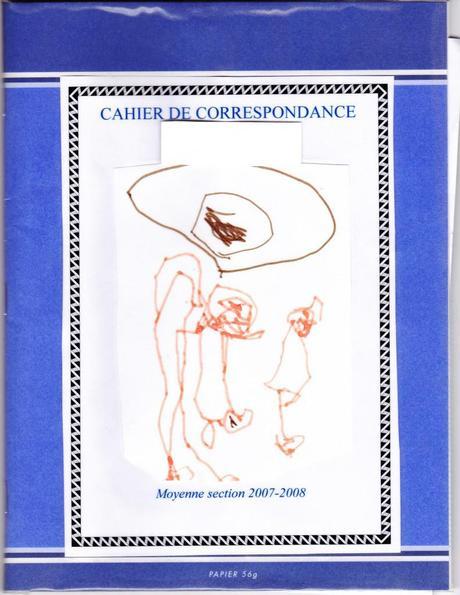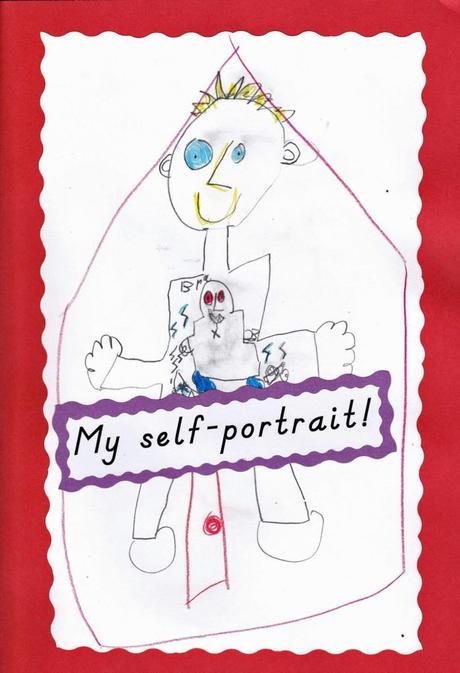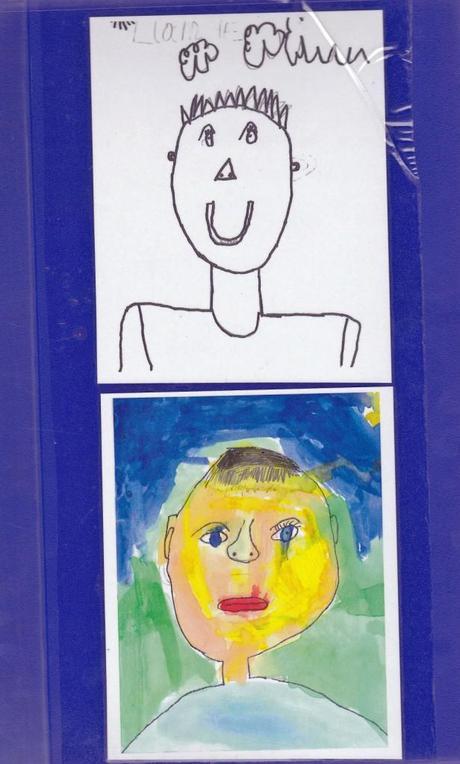 If you ever volunteered in any classroom, the differences between boys and girls are distinct. The girls sit quietly listening to the teacher while the boys fidget. The girls make a painting of a house as realistic as possible while the boy’s renditions are abstract, Picasso like. The girl’s are first to raise their hands to answer while the boys are more reluctant. With all these differences, it makes one wonder how one teaching style can fit all.
If you ever volunteered in any classroom, the differences between boys and girls are distinct. The girls sit quietly listening to the teacher while the boys fidget. The girls make a painting of a house as realistic as possible while the boy’s renditions are abstract, Picasso like. The girl’s are first to raise their hands to answer while the boys are more reluctant. With all these differences, it makes one wonder how one teaching style can fit all.
These differences, I observed while volunteering in my son’s Pre-K class, an invaluable experience. It allowed me to see: where my son stood amongst his peers, what sorts of activities I could do with him at home and to know that he was right where he was supposed to be academically.
Fast forward two years to 1st grade, and academically things had changed after a move back and forth to the USA. My son had started reading in Kindergarten while attending a Montessori school in Seattle. But when we moved back to Doha, we noticed a drop off in his reading and writing. What happened to his recognition of all those sight words? I discussed this with a girlfriend who said: “Don’t worry the boys all catch up in the end.”
I was not reassured. I purchased age appropriate workbooks and gently worked with him the remainder of the year. It had seemed that things had improved… until the first week of 1st grade. All the children had posted a short piece of their writing on their lockers. My son’s was completely illegible. I asked him what it said. “I don’t know.” he said.
I met with his teacher and relayed my concern. By placing him in a writer’s workshop his reading and writing improved. This same teacher, every child should have at least one like her, recommended a book:
“Boy Writers” by Ralph Fletcher. I was intrigued. I wanted my son to thrive in all subjects. Here is what I learned:
Facts on Boy Writers
The Author of Boy Writers, Ralph Fletcher noted this same lack of enthusiasm for writing in school amongst boys. This along with an inquiry of 100 teachers around the globe led to his book.
He says: “Boys have unique strengths, quirks and weaknesses that every thoughtful practitioner or parent will want to be aware of.”
The thought that boys ultimately “catch up” with girls in regard to writing is wrong. Studies show otherwise. This gap between the sexes exists even into high school. Results on standardized tests across the board show that girls are more proficient writers.
What Hinders Our Boy Writer?
Boys tend to gravitate towards writing about action and violence. Their preferred topics have long been discouraged in the classroom. This is even more so now with the tragedies of recent years: 911, Columbine etc. Additionally, a boys humor tends to be cruder, another discouraged trait.
Choice is further limited when having to prepare students for standardized tests and having to dictate topic matter.
With women making up 90% of all elementary school teachers, classrooms tend to be created to favor the tastes, strengths and learning styles of girls.
Lastly, boy’s handwriting tends to be messier than girls. And unfortunately several studies have confirmed that poor handwriting negatively affects the way teachers respond to a student’s writing in regard to grades and praise. As children learn to type, this factor will be less important.
How can we Engage our Boy Writers?
Give them a choice of topic as often as possible in school. It is human nature to be more enthusiastic about doing something one likes.
Encourage them to write frequently even if it is texting or instant messaging online. Have them write, write, and write some more.
Frequency of writing is key as one well known blogger, Marcus Sheridan knows. Despite being told he could not write very well, Marcus launched his blog 2 years ago. 400 articles and nearly 400,000 words later, one can see why his blog is popular drawing 100 comments or more per post. He is the prime example that practice makes perfect.
Allow them to draw pictures along with writing. A drawing often times will include a lot of information that can tell the story in and of itself further aiding boys in their writing.
When sharing stories, ensure that there is equal sharing of both boy’s and girl’s writing.
Allow them to write while sitting on the floor or wherever they are comfortable.
Have them draw: a map of their neighborhood, a self-portrait, a drawing of what they see in their dreams, a picture of where they see themselves in 10 years and a picture of their favorite hero. Have them do this periodically. It is fun to watch the progression, see for yourself. I have included some of my son’s self portraits from age 3-7 below.

Self Portrait 3 years of age

Self Portrait 5 years of age

Self Portraits.Top Photo: 6 years of age. Bottom Photo: 7 years of age
As a teacher, type the story if you are having a hard time reading it. This will help with flow. As a parent ask your child to read the story to you.
Keep a journal at home in which they can write in. We had our son write just a few sentences about what he did each day over summer break. This year, I have suggested we write a “book” together about a topic he has selected.
With the right environment, boys will flourish. We just have to acknowledge and honor the differences between boys and girls.
Have you noticed the same differences in your boy writer? Or how have you fostered your boy writer? I would love to hear your stories.

